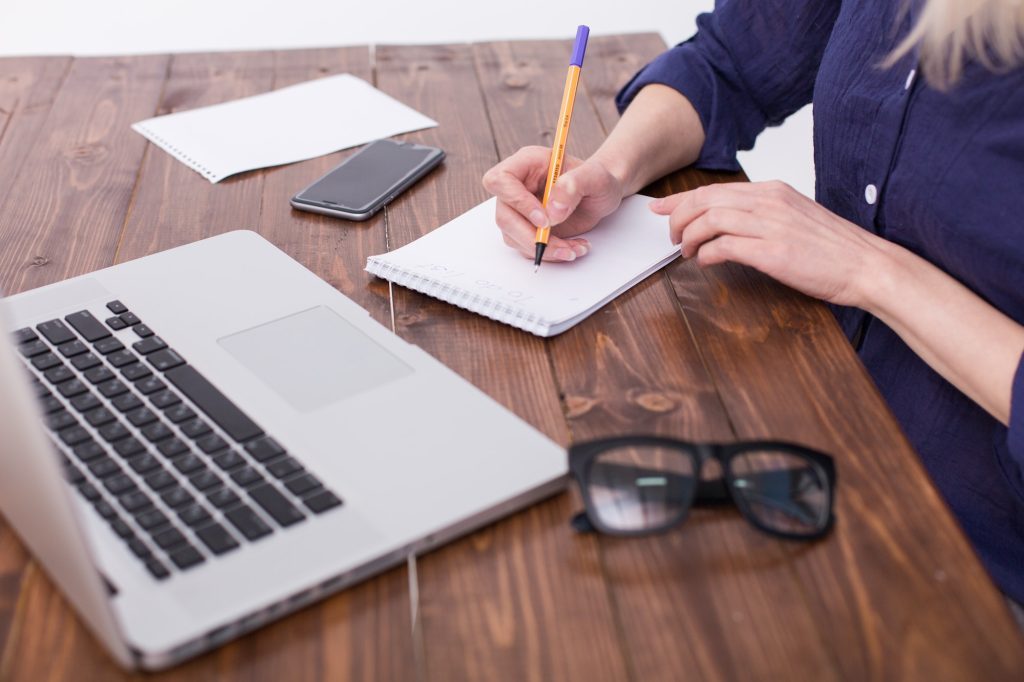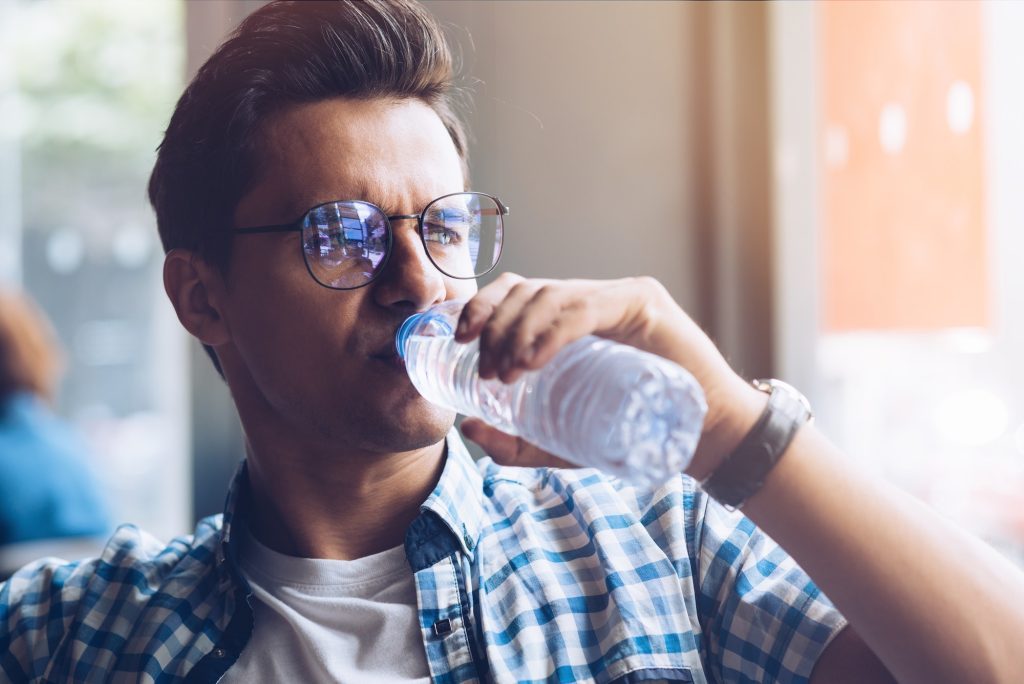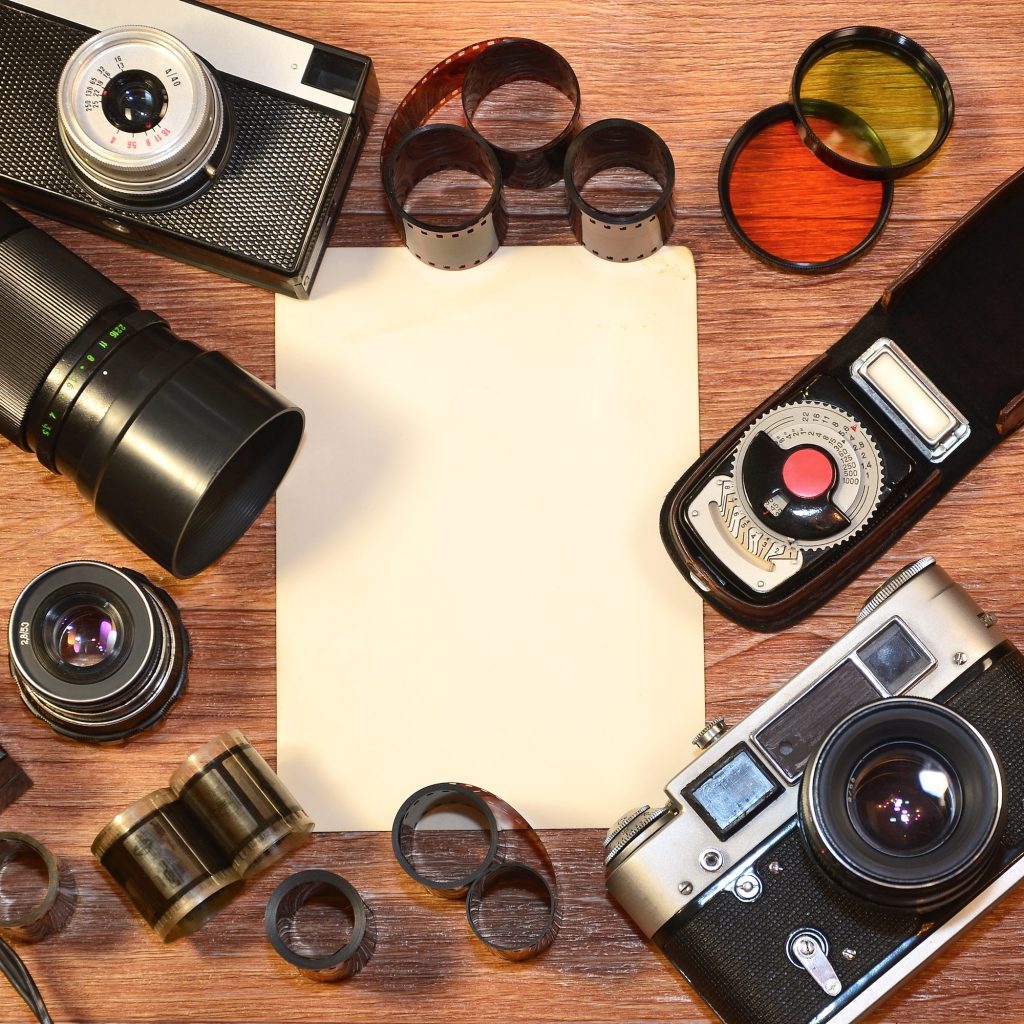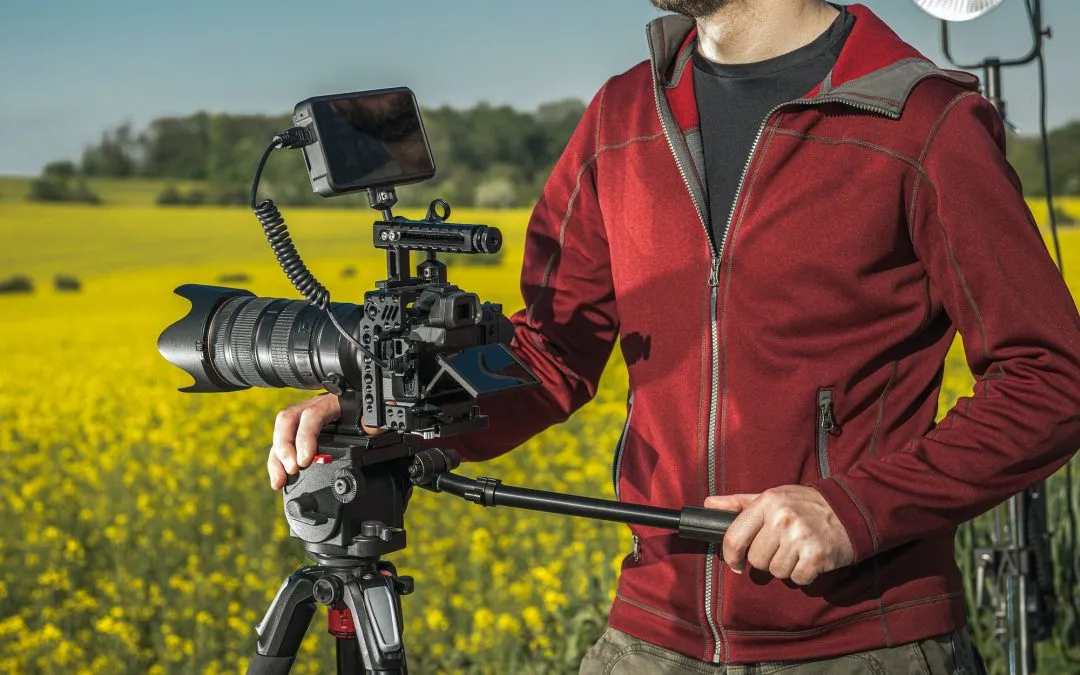Shooting a wedding can be a stressful experience, but there are some things you can do to make it easier on yourself. This checklist will help you stay organized and prepared for any situation that might come up during the day:
Get All the Details
Make sure you get all the details of your wedding. For example, you will want to know if there is a specific time that guests should arrive at the ceremony, what color sashes they’re wearing, and so on. You’ll also want to get every detail about your venue—including whether there are any restrictions on photography at certain times or places and what kind of lighting will be available during each part of the day (for example, morning light is better for portraits).
Also gather as much information about your dress as possible. Is there anything special about it? Does it have particular features that would make a good background for photos? Is it made of fabric that shines in certain kinds of light? Your photographer should know these things before showing up so she can plan accordingly.
Next up: shoes! Are they sparkly enough? Do they match everything else being worn by bridesmaids or groomsmen like they were meant for this very occasion? Same goes with rings—are they platinum or white gold; classic solitaires or something more unique; set with diamonds or some other gemstone?
Create a Shot List

A shot list is a list of the shots you want to get and a rough order in which you’d like to get them. It’s also a good idea to make a note of any important shots that may not be part of your list but are still essential to capture. For example, if there’s going to be an elephant at your wedding, you’ll want some close-ups of it (and maybe even some video) because it will probably be the best part of your day.
A shot list should include both what and where shots—so don’t forget about those important details!
Shoot in Raw
You may be wondering what is raw format and why it’s so important. Raw format means that your camera captures photos in a lossless image file. This means that the photograph will look much closer to how you saw it when you took it than a jpeg would, which has been compressed for faster transfer speeds.
Raw files also contain more information than jpegs, which means that if you’re using a program like Lightroom or Photoshop (the professional photo editing software), you can use this extra data to adjust things like exposure and white balance after taking your pictures!
If you’re interested in shooting in raw format but aren’t sure how to go about doing so with your specific camera model, check out our guide to shooting in raw here: https://www.weddingphotographerlistingsguide.com/how-to-shoot-in-raw/.
Also note that some cameras do not support shooting in RAW at all—if yours isn’t listed here then try searching online before buying one!
Pack Yourself a Healthy Snack
When you’re on camera, it’s important to stay hydrated and eat healthy snacks. Not only will this keep your energy up and better your overall performance, but it also helps keep your mind fresh for the big day.
Healthy snacks can be anything from fruit to nuts to granola bars—whatever works! Just make sure that whatever you pack has been thoroughly washed (if applicable), is kept in a clean container (e.g., an airtight bag), and is kept cool throughout transport. As always, don’t forget about hand sanitizer!
Stay Hydrated

Stay Hydrated
It goes without saying that you need to drink water. If you’re going to be outside or in a hot environment, make sure that you’re drinking electrolyte-enriched drinks like Gatorade or Powerade to avoid cramping. Alcohol may seem like it’s doing the trick when you first start drinking, but it actually dehydrates your body as it works its way out of your system. Stick to nonalcoholic drinks if possible. Milk and juice are also great sources of hydration!
Use an Assistant/Second Shooter
If you’re going to hire an assistant or second shooter, this person will help you with a lot of things. For example:
- Hauling gear. If you’re working alone, hauling gear is one of the most tedious parts of being a photographer. It’s also one of the easiest tasks for an assistant to do.
- Helping with lighting and positioning multiple lights in a small space (especially if it’s dark).
- Holding reflectors for dramatic lighting effects (for example, when shooting at sunset).
Remember that not all assistants know how to shoot, so don’t expect them to be able to hold up lights or direct your subjects during portraits—those are usually responsibilities that only photographers can handle themselves!
Start With Getting Ready Photos
Getting ready photos are a great way to relax before the ceremony, get the family together and have fun. With our experience as wedding photographers, we know that some brides may feel nervous or stressed about getting ready for their wedding day. The best thing you can do is take time with your hair, makeup and dress while enjoying time with loved ones. Think of it as an opportunity to celebrate all your hard work!
We’re here to help make sure you don’t miss out on any important moments while you’re busy getting ready. We’ll capture everyone getting dressed in their outfits and having fun together – including those adorable first looks between bride and groom before anyone else arrives at the venue!
Take Detail Photos to Tell the Story
If you’re a detail-oriented person, it’s likely that you love taking photos of the little things. You might have even brought a camera with you to your friend’s wedding because you couldn’t resist taking pictures of all the little details that only a photograph can capture. Your friends might have joked about how much time you spent taking photos at their wedding, but they were secretly happy that they got some great shots just for them (even if they didn’t know what to do with them!).
It can be difficult to decide which of these details are worth capturing on camera, especially when there are so many important elements to consider: who will see these photos? Do we have enough time? If I take this shot now, will someone notice me? How close should I stand from my subject? What lens should I use? And so on…
Be Prepared for Rain

Rain happens. Even if you’re lucky enough to be having an outdoor wedding on a sunny day, there’s always the possibility that it will change. Be prepared for rain by having some waterproof gear for all of your equipment:
- Camera body cover
- Lens cover
- Flash cover
- Battery cover (or batteries)
- Memory card(s)
- Smartphone/laptop case
Be Prepared for Wind, Too!
One of the biggest challenges with outdoor photography is wind. If you’re not prepared, it can cause your subject to move and look less than perfect.
Most importantly, wind can blow their hair in their face! This happens a lot when people wear veils or hats, so be sure to have an extra hand on hand to keep that from happening.
Wind will also blow your subject’s dress and veil around—and if your bride is wearing something long and flowing it might even pick up some speed! That’s why we love a good veil anchor—a device that goes through the eyelets of a bridal gown and makes sure it stays right where it belongs (on her body). It also helps keep her hair out of her face while she’s walking down the aisle, which we consider another plus! Don’t forget about those important last details like safety pins for securing any loose ends or hooks at the back of dresses where they may get caught on other parts of clothing during photos…
Photograph Naturally Beautiful Moments Before the Ceremony
- Take photographs of the bride and groom before the ceremony. You may have photographed them in their home or at a special location, but there’s another perfect time to photograph this couple: right before they walk down the aisle. It’s a wonderful opportunity to capture the excitement and love of this moment.
- Photograph both sides of their family. The bride and groom are often nervous when it comes to photographing their parents (and grandparents), so it’s important that you are prepared with some simple questions about how they met, etc., so you can keep them relaxed and happy about being photographed together for such an important day in their lives.
- Take photographs with friends! Who said only family was allowed into wedding photos? If one of your clients has close friends who want to take part in some pre-wedding photos, go ahead and photograph them too!
- Photograph pets! Nothing says “I love animals” like getting up close and personal with a furry friend on your client’s big day! This will show how much attention and care went into creating such an amazing event—and will also help make sure any stray dogs stay away from that delicious cake table later on…
Anticipate what you might need during the day to be prepared for any emergency.
When you’re photographing a wedding, it is incredibly important to be prepared for anything. You should always have the right gear on hand and know how to use it. If an emergency occurs, you’ll have what you need to handle any situation. Be sure to take a first aid kit and small portable fan with you; these items are essential if there’s been any kind of accident during an event—whether it’s an injury or someone overheating in their formalwear!
In addition, make sure that your backup plan is also prepared for anything (and even plans for its own backup plan). One way of doing this is by making sure all of your equipment works correctly before taking off on your shoot so that nothing goes wrong later on in the day due to technical issues with cameras or lenses not functioning properly at crucial moments during photo sessions.
We hope this checklist helps you get organized and have fun!

